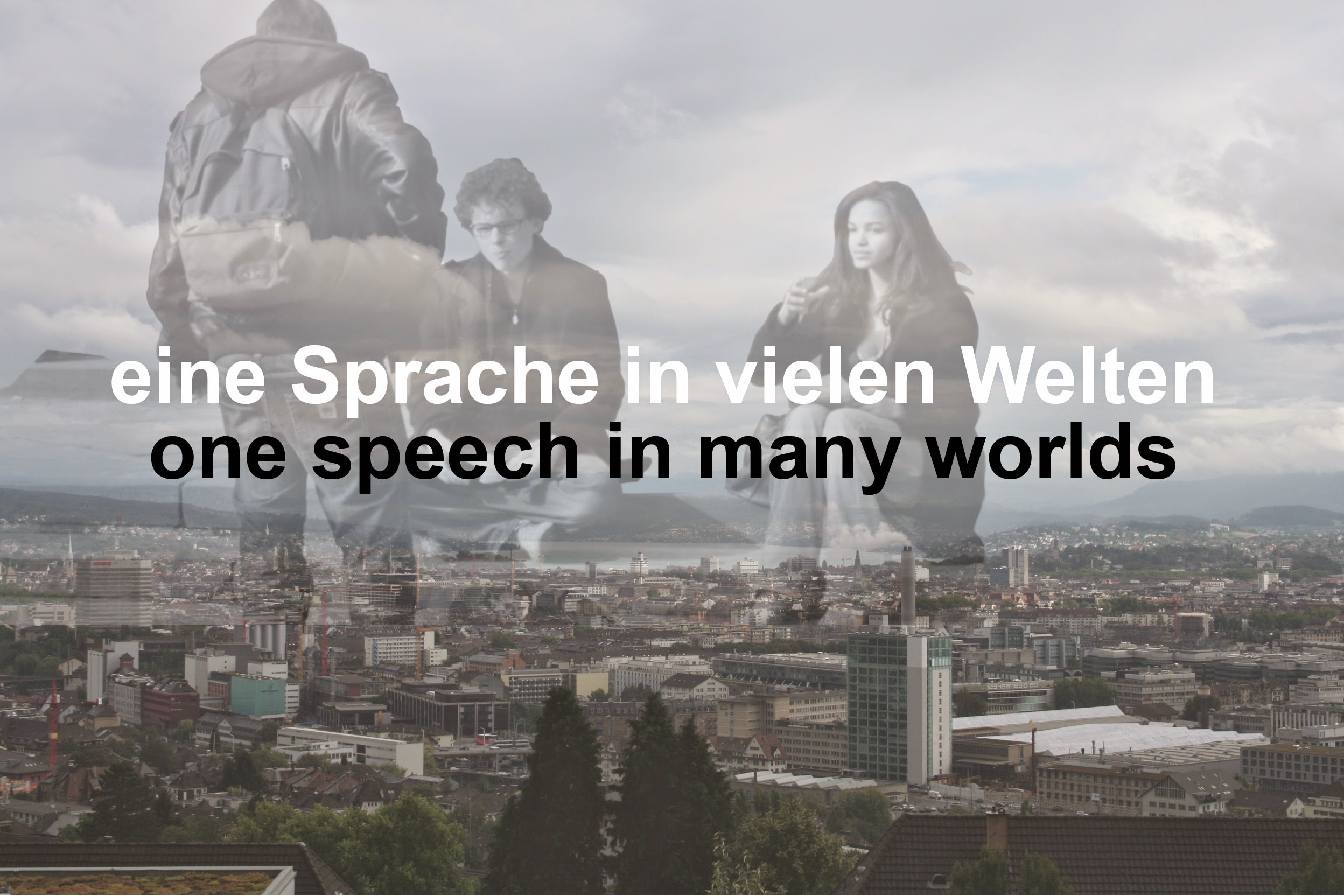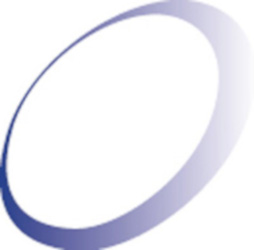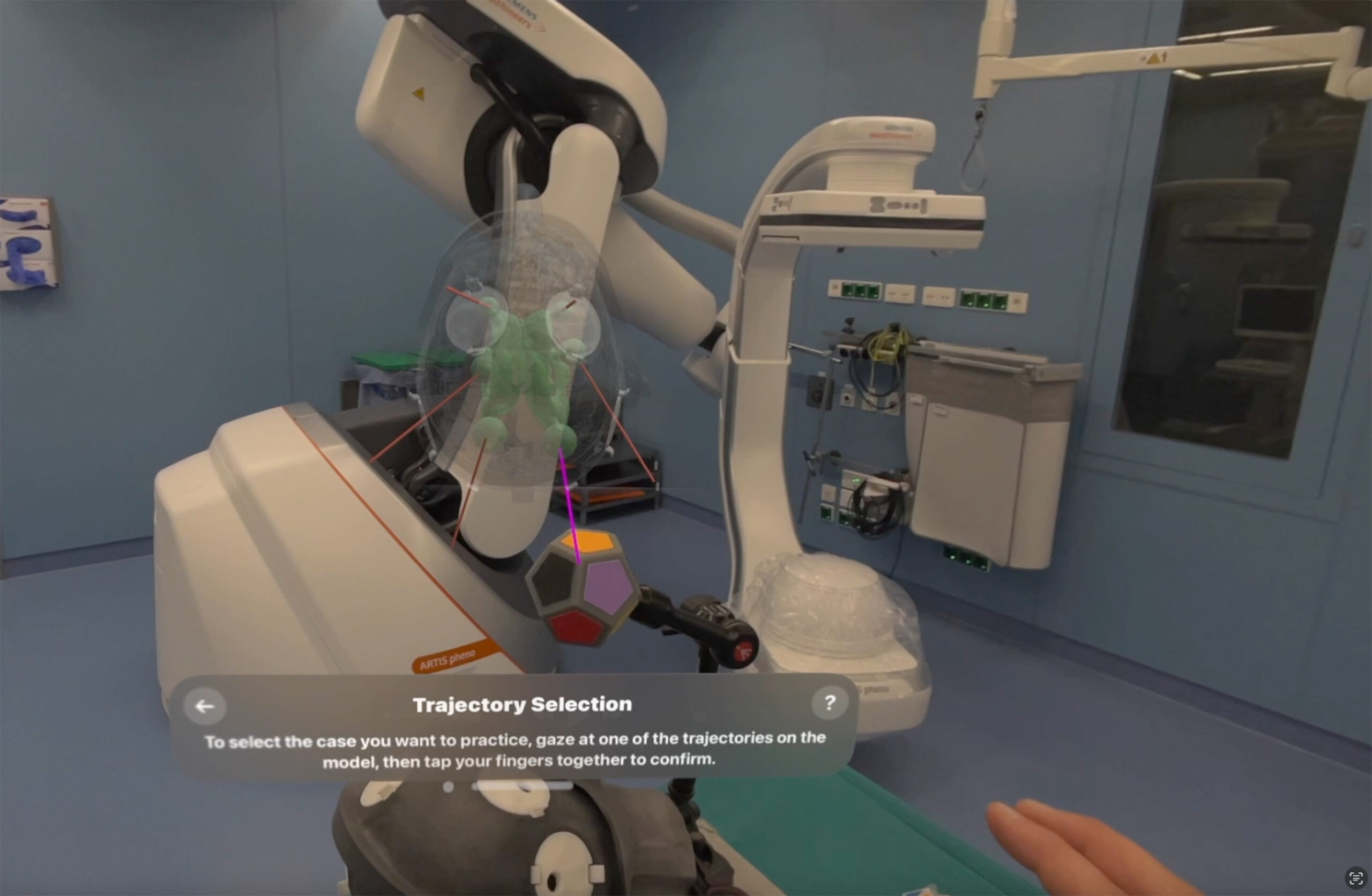Medical interventions should cause patients as little strain as possible; no tissue should be damaged on a precisely defined path to the site that needs to be operated on. This applies in particular to operations on sensitive organs such as the brain. For certain brain tumours, surgeons choose the gentlest approach to the brain – via the nose. This is where state-of-the-art technology comes into play: it visualises what the doctor cannot see from the outside. Precise, high-resolution image data of the patient, as provided by magnetic resonance imaging (MRI), serves as a ‘map’ for navigation; the operating doctor sees this image data as a projection in data goggles.
Chemnitz, Germany, January 21, 2025 A central component, the handpiece for connecting the surgical instruments, is being developed and 3D printed at Fraunhofer IWU.
The central link between the MRI data and the glasses is a newly developed app, which is now available as the result of many years of research and development. It is the result of a collaboration between the LEGEND research group at the Department of Neurosurgery at Leipzig University Hospital (UKL) and the Zittau branch of Fraunhofer IWU.
Milestone in neurosurgical navigation
The app merges the MRI image taken before the operation with the real surgical situation and thus enables precise topographical and structural mapping of the surgical findings. Similar to a GPS system, it guides the surgeon along the best, i.e. gentlest, route to the intended destination. The system-side connection of surgical instruments also allows them to be displayed in the navigation system or used as pointing instruments. The exact position of the surgical instrument is displayed to the surgeon in real time. Important additional information such as the distance to the target area is in the surgeon’s direct field of vision and provides further valuable information. PD Dr habil.
Ronny Grunert, research associate at the Fraunhofer IWU (Zittau) and head of the ‘Legend’ research group at the UKL, on the virtually instantaneous operational readiness of the system: ‘Our team has achieved a world first with fully automated registration in neurosurgical spatial computing navigation. Calibration and registration are completed within a second and the navigation system is ready to start recognising the instrument position in real time. The developed system is very intuitive to use and comes very close to the use of a GPS assistant.’
Developed by medical professionals for medical professionals
The team attached great importance to a clear user interface that optimally supports the operating doctor, eliminates operating errors and is limited to displaying essential information. One example of the clear, precise display logic is a green crosshair that indicates the position of the instrument tip and is perfectly integrated into the MRI image that was previously created or fed into the data goggles.
Highly reliable and very economical thanks to standard data goggles
The principle of so-called neurosurgical spatial computing navigation is not fundamentally new. Today’s systems suitable for use in hospitals start at around half a million euros. An important motivation for the joint efforts of IWU and UKL was that precise navigation technology should no longer be reserved for financially strong healthcare systems or institutions. From the outset, they designed their new app for use with standardised data glasses, the prices of which have now reached the consumer sector. Grunert: ‘These glasses cost a fraction of computerised navigation systems for neurosurgery.’
Handpiece for connecting the surgical instruments
At the Fraunhofer IWU, Ronny Grunert’s team drove the development of the handpiece that holds the instruments and enables their exact position to be determined. It contains special markers whose geometries and patterns are recognised by the data goggles. These geometries can be small spheres, cuboids or other bodies. The plastic handpieces are 3D-printed at the IWU in Zittau and the UKL in Leipzig.
Rapid transfer into practice
The first pilot course for training on the anatomical model took place at the UKL in autumn 2024. In the next step, the team will focus on finalising the prototype, after which the approval process will begin in accordance with the Medical Device Regulation for the European market and the regulations of the US Food and Drug Administration (FDA) for the USA. The device could therefore be used on patients in around two years‘ time.
Spatial Computing Health Care Summit I 30.–31. Januar 2025, San Diego
At the Health Care Summit, Leipzig neurosurgeon Prof Dr Dirk Winkler and PD Dr Ronny Grunert will present the research results of the UKL and IWU. Their focus will be on unique selling points relating to the fully automated alignment of 3D data and the design of neurosurgical instrument markers.
Research and development work for neurosurgical spatial computing navigation at IWU and UKL is co-financed with tax funds on the basis of the budget approved by the Saxon state parliament. Another project partner is ISD Internet Systems GmbH Dresden.
Original publication:
ImageSource
Fraunhofer IWU, The surgeon’s field of vision: the real operating theatre can be seen in the glasses. The app ‘overlays’ individua
patient data onto the real head. First, the access route to the surgical site must be selected; registration takes just one second.



Schreibe einen Kommentar